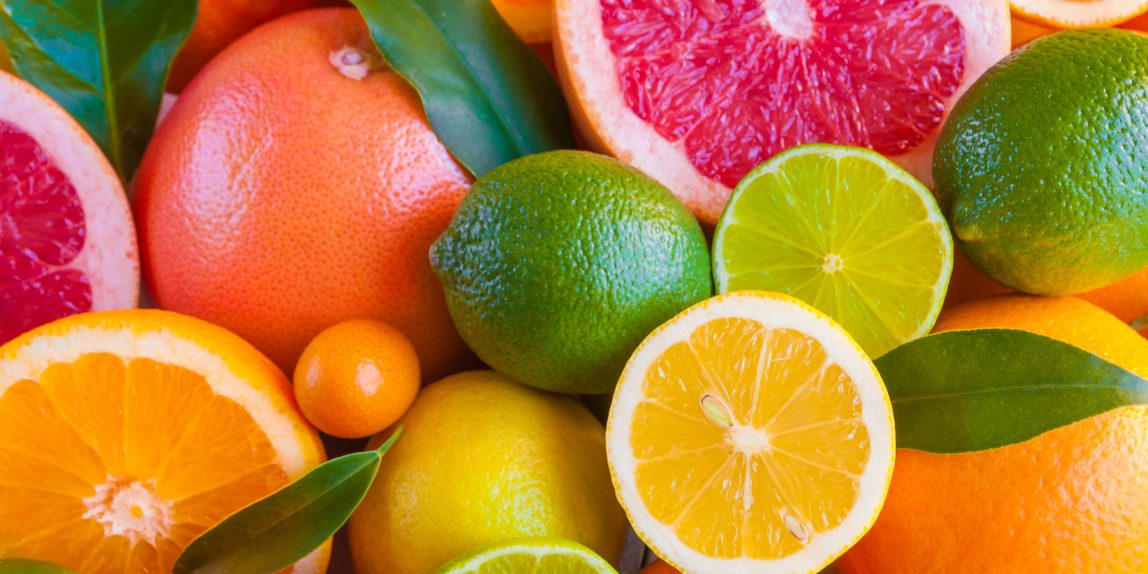Reading time: 5 minutes
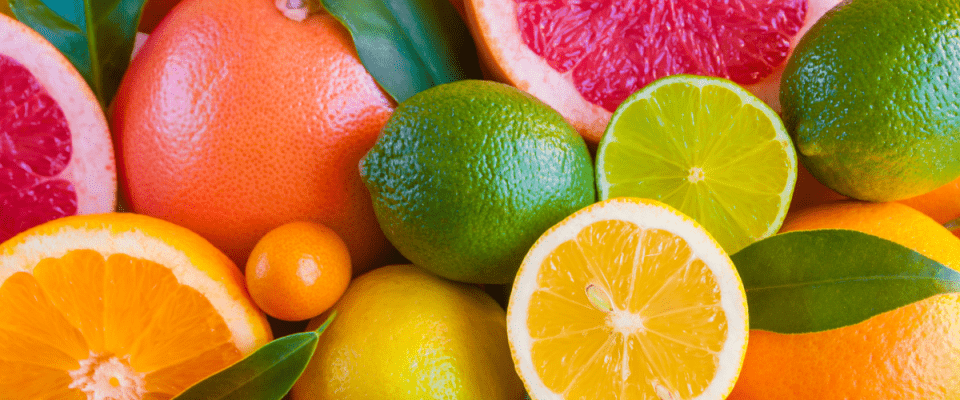
Getting Started
Did you know that edible gardens can extend past the garden bed and into your landscape? Growing fruit and citrus trees are a wonderful way to add beauty and color to your yard, and gain feelings of abundance as you consume the fruits of your labor!
When?
Fall is the ideal time to plant fruit and citrus! Although citrus can be planted year-round, the fall season is ideal for planting as it allows 6-9 months for the citrus tree to become established in its new home before it faces the summer heat. Stone fruit trees are even more sensitive to heat and may require a certain number of chill hours* during the winter to produce fruit, so it’s best to always plant fruit in the fall.
*temperatures below 45 degrees Fahrenheit
What?
The type of fruit or citrus plant you choose is dependent on your personal choice and the locations available in the yard! For a full list of varieties available and their care instructions, scroll to the bottom of this post or click here.
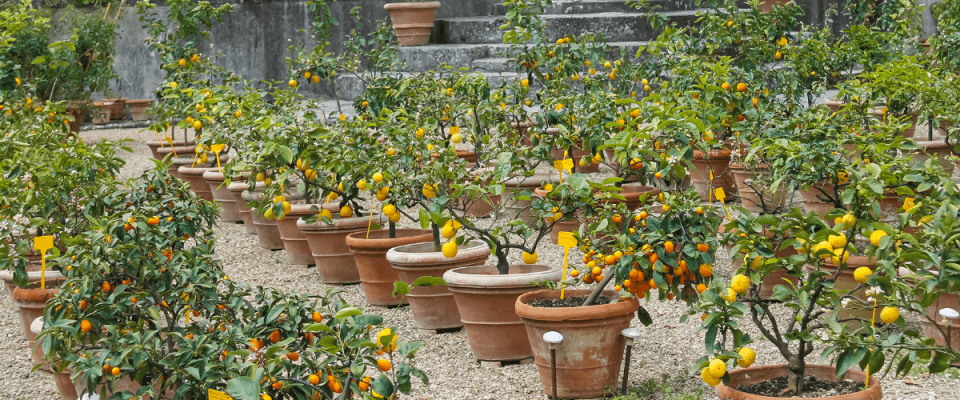
Where?
Although both will grow well in our climate, citrus trees are more heat-loving while stone fruits prefer it colder. Citrus will thrive in full sun areas and stone fruits will grow better in areas with morning sun and afternoon shade. However, avoid placing either near block, rock, metal, or stucco walls as the heat of the sun will be intensely reflected onto the plant, possibly sending it into heat stress. If you’re hoping to place your fruit or citrus near a heat-reflecting wall, consider covering the wall with climbing plants, hedge shrubs, shady trees, or shade cloth to keep the wall shaded and cool. Some desert gardeners prefer to utilize pots and containers for edible tree varieties, as it allows them to move the tree to the best-growing area during different times of the year. This option can also help to elevate your landscape design!
How?
Planting
When planting, ensure the area is well-draining, amend the native soil with Dr. Q’s Premium Paydirt Planting Mix, and fertilize with Dr. Q’s Organic Stardust Fertilizer. During the growing season, it’s best to thin the fruit when it is about the size of a dime to allow approximately 3-4 inches of growing room between each fruit.
Seasonal Care
In February, May, and September, fertilize with Dr. Q’s Organic Citrus or Fruit Fertilizer.** In the summer, protect tree trunks from damage by diluting Go Natural Trunk Paint with water. As always, read the directions on the bottle. In the winter, citrus will need to be protected from colder temperatures by using a cover like burlap or N-Sulate, and fruit trees will require a dormancy spray like Liqui-cop or Copper Fungicide to prevent fungus and insect problems. In January, stone fruit trees will benefit from pruning during dormancy to help encourage fruit production in the following season.
**Avoid fertilizing if buds or flowers are already present. Doing so will encourage leaf growth rather than fruit growth, so you’ll want to wait until fruit production finishes.
Fruit & Citrus Tree Varieties
Citrus Trees
Most desert gardeners will opt to plant dwarf citrus varieties because larger varieties are harder to protect from freezing in the winter once they reach their mature size. Additionally, planting a dwarf variety in a pot or container will allow for transportation to warmer areas during the winter months.
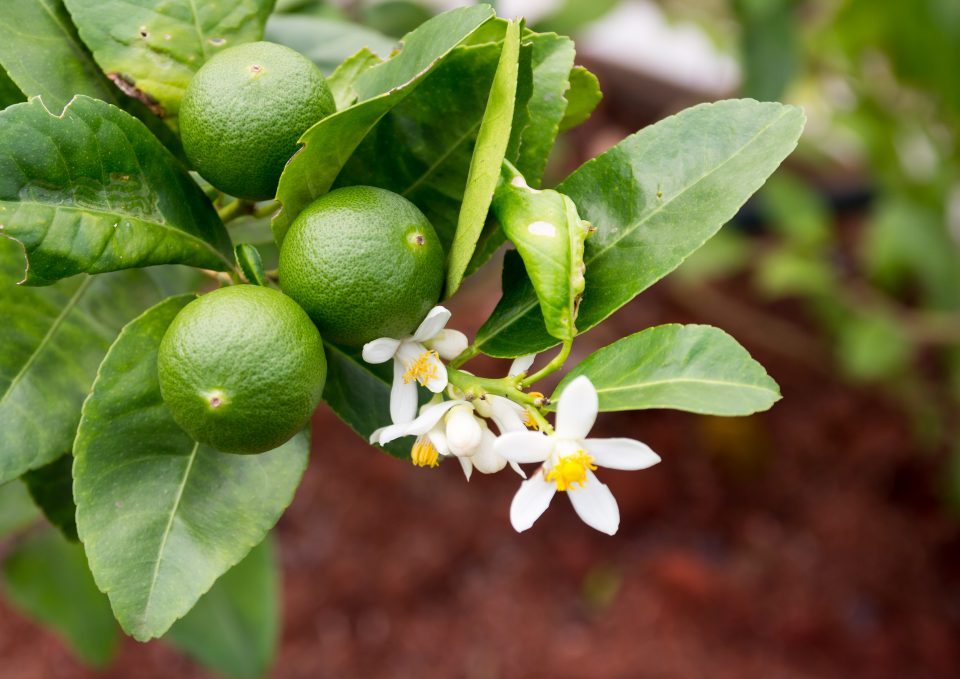
Limes
- Bearss Seedless Lime
- Dwarf
- Tree
- Mexican Lime
- Dwarf
- Tree
- Sweet Lime
- Dwarf
- Tree
Lemons
- Eureka Lemon
- Dwarf
- Tree
- Meyer Lemon
- Dwarf
- Tree
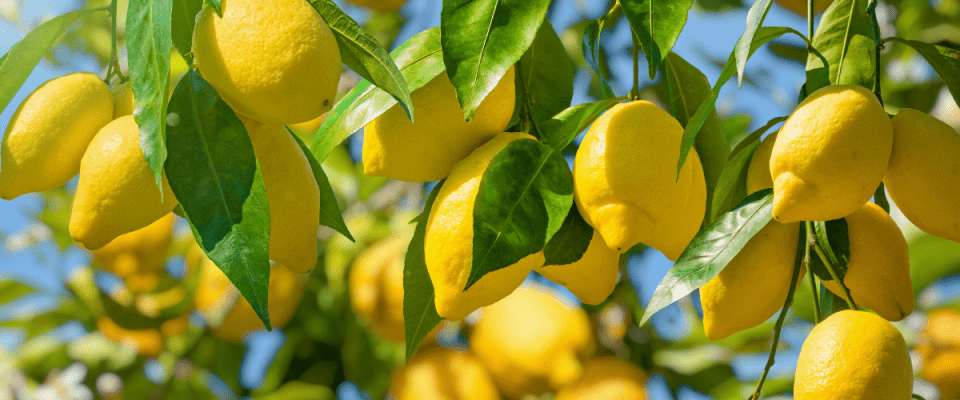
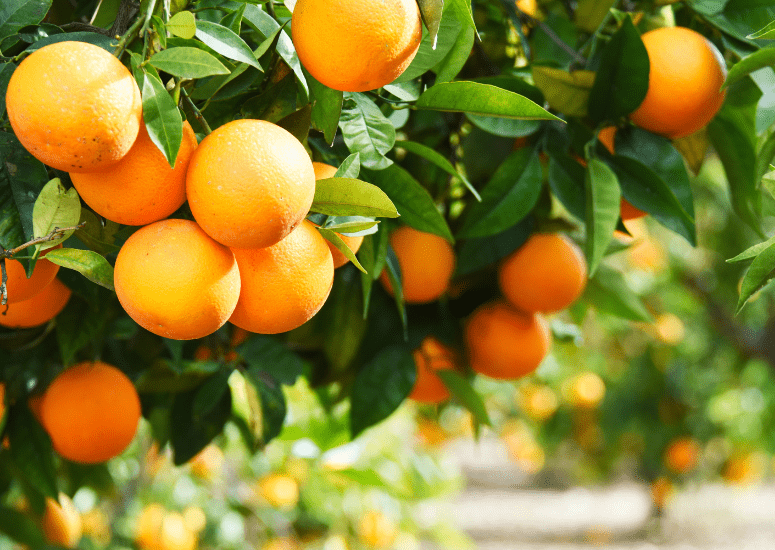
Oranges
- Calamondin Orange
- Dwarf
- Tree
- Dancy Mandarin
- Dwarf
- Tree
- Moro Blood Orange
- Dwarf
- Tree
- Dwarf
- Nagami Kumquat
- Dwarf
- Tree
- Valencia Orange
- Dwarf
- Tree
- Washington Navel Orange
- Dwarf
- Tree
Grapefruit
- Rio Red Grapefruit
- Dwarf
- Tree
- Ruby Red Grapefruit
- Dwarf
- Tree
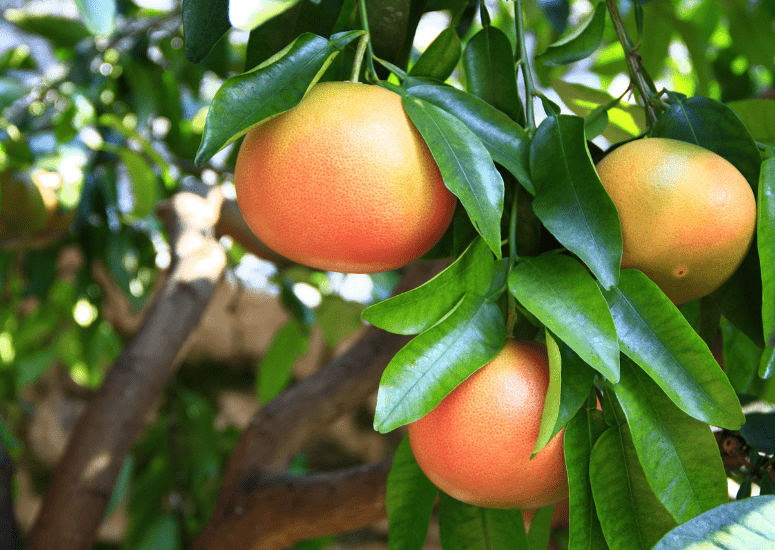
Fruit Trees

Apples
- Anna Apple
- Fuji Apple
- Gala Beauty Apple
- Golden Dorsett Apple
- Granny Smith Apple
- Honeycrisp Apple
- Pink Lady Apple
- Pink Lady Apple
- Red Delicious
Cherries
- Bing Cherry
- Black Tartarian Cherry
- Stella Cherry


Apricots
- Early Gold Apricot
- Gold Kist Apricot
- Katy Apricot
- Moorpark Apricot
- Mormon Apricot
- Royal Apricot
Figs
- Black Jack Fig
- Black Mission Fig
- Brown Turkey Fig
- Conadria Fig
- Kadota Fig


Grapes
- Cabernet Grape
- Chardonnay Grape
- Concord Grape
- Merlot Grape
- Perlette Grape
- Pinot Noir Grape
- Red Flame Grape
- Sauvignon Blanc Grape
- Thompson Seedless Grape
- Zinfandel Grape
Pears
- Bartlett Pear
- Kieffer Pear
- Twentieth Century Asian Pear
- Shinseiki Asian Pear


Peaches
- Belle of Georgia Peach
- Desertgold Peach
- Donut Peach
- Early Elberta Peach
- Eva’s Pride Peach
- Flordaprice Peach
- Tropic Snow Peach
Plums
- Santa Rosa Plum
- Satsuma Plum


Pomegranates
- Wonderful Pomegranate
- Utah Sweet Pomegranate
Nectarines
- Goldmine Nectarine
- Panamint Nectarine
- Snow Queen


Nuts
- All in One Almond
- Ne Plus Ultra Almond
- Texas Mission Almond
- Kerman Pistachio Female
- Peters Pistachio Male
- Carpanthian Walnut
Chill Hours by Variety
Some trees will need a minimum number of chill hours (temperatures below 45 degrees) to facilitate improved fruit production. The more chill hours the plant receives, the more likely it is to produce fruit during the growing season. Warmer winters will negatively effect varieties that have higher chill requirements.
Low Chill
(100-400 hours)
- Peaches
- Plums
- Pecans
- Walnuts
- Fuji Apple
- Almonds
- Persimmons
- Anna Apple
- Nectarines
Moderate Chill
(450-600 hours)
- Gala Apple
- Granny Smith Apple
- Stella Cherry
- Apricots
- Dwarf Peaches
- Dwarf Nectarines
- Asian Pears
High Chill
(700-1000 hours)
- Red Delicious Apple
- Black Tartarian Cherry
- Yellow Delicious Apple
- Pistachios
- Bing Cherry
Follow us for the latest gardening news and updates!
